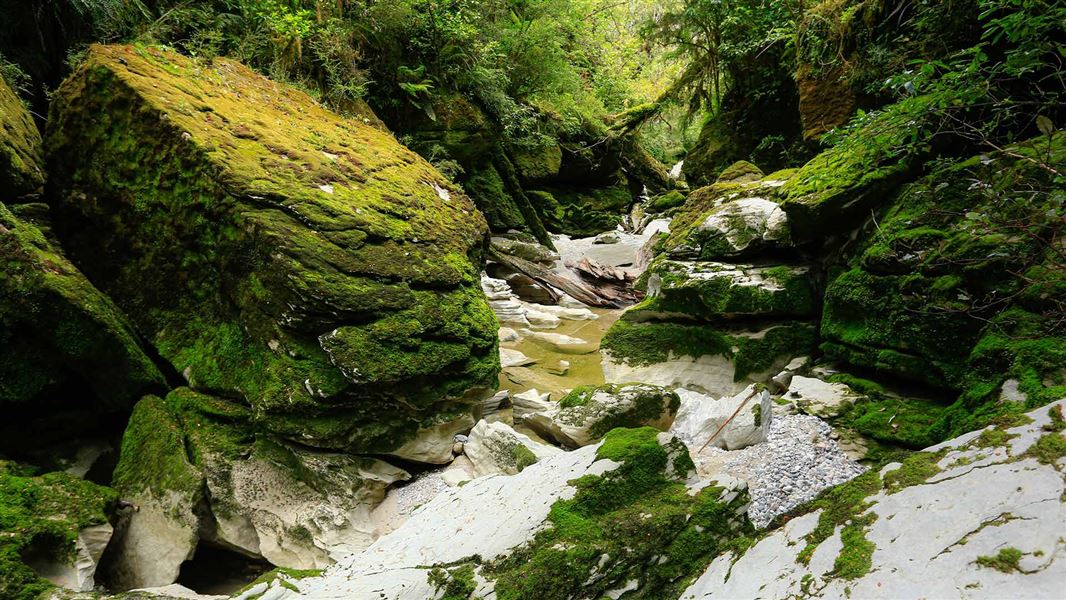A sunny morning greeted a group of young students as they left Tai Poutini Polytechnic in Greymouth on Friday 28 April 1995. The students were studying outdoor recreation and were heading to Punakaiki for a field trip.
The students, along with the programme coordinator and two DOC staff were heading to the site of the Cave Creek resurgence. DOC had constructed a viewing platform to provide visitors with a spectacular view over this stunning landscape.
When 17 students and DOC’s field centre manager moved onto the platform at 11.25 am that morning, the structure collapsed, plunging the 18 people 30 metres into the chasm below.
Fourteen people died. Four survived, with three of the survivors seriously injured.
The collapse of the Cave Creek platform was a defining moment in New Zealand’s history. Everyone was stunned by what had happened. How could a group of young people on a supposedly low risk field trip into a stunning natural area be under threat of death or injury?
DOC quickly took responsibility for the platform’s failure and a large-scale investigation and criminal prosecution ensued.
The disaster lead to a massive overhaul by DOC in how huts, bridges, viewing platforms and structures were planned, constructed, managed and monitored.
No prosecutions eventuated, partly because the Building Act and the Health and Safety in Employment Act exempted government departments from prosecution. Six years after Cave Creek, law changes were made to make government departments liable for breaches under these Acts.
None of the positive changes resulting from the disaster can bring back the people who lost their lives and futures.
Lessons have been learned, failures exposed, and systems changed so that the pathway that led to the tragedy will never be repeated.
I feel that every time I sleep in a DOC hut, cross a swing bridge or stand on a strongly constructed platform, I’m standing on the legacy of all those who died.
Fleur Pawsey, sister of Kit Pawsey, 20th anniversary speech
